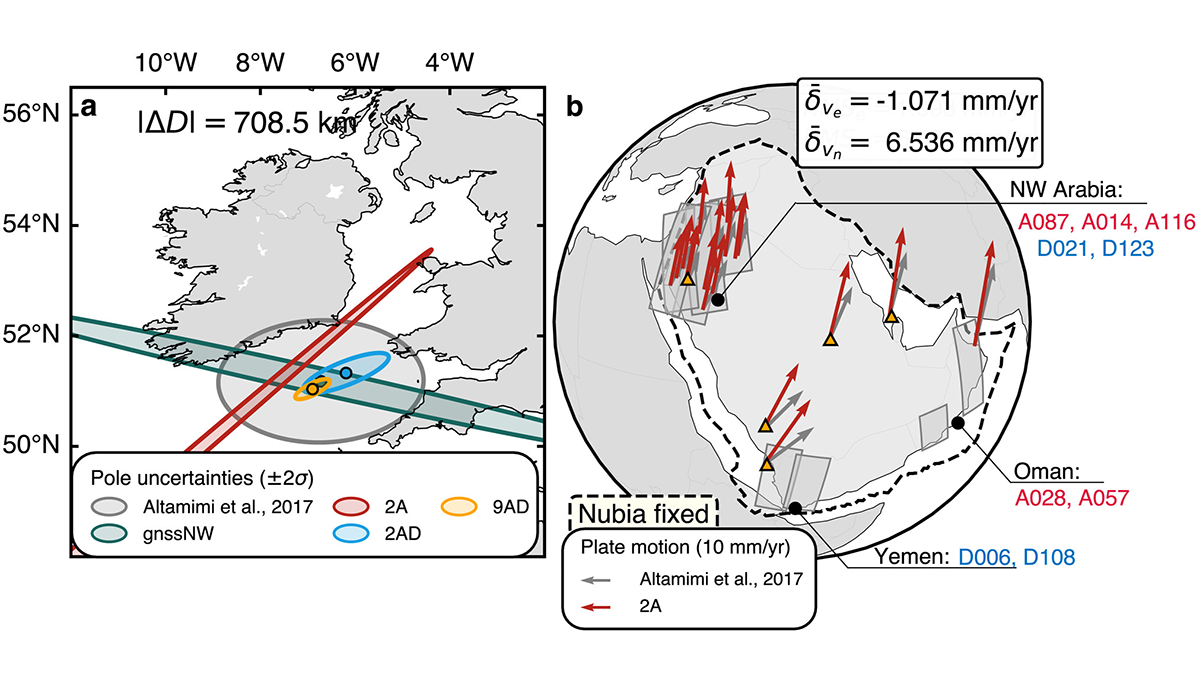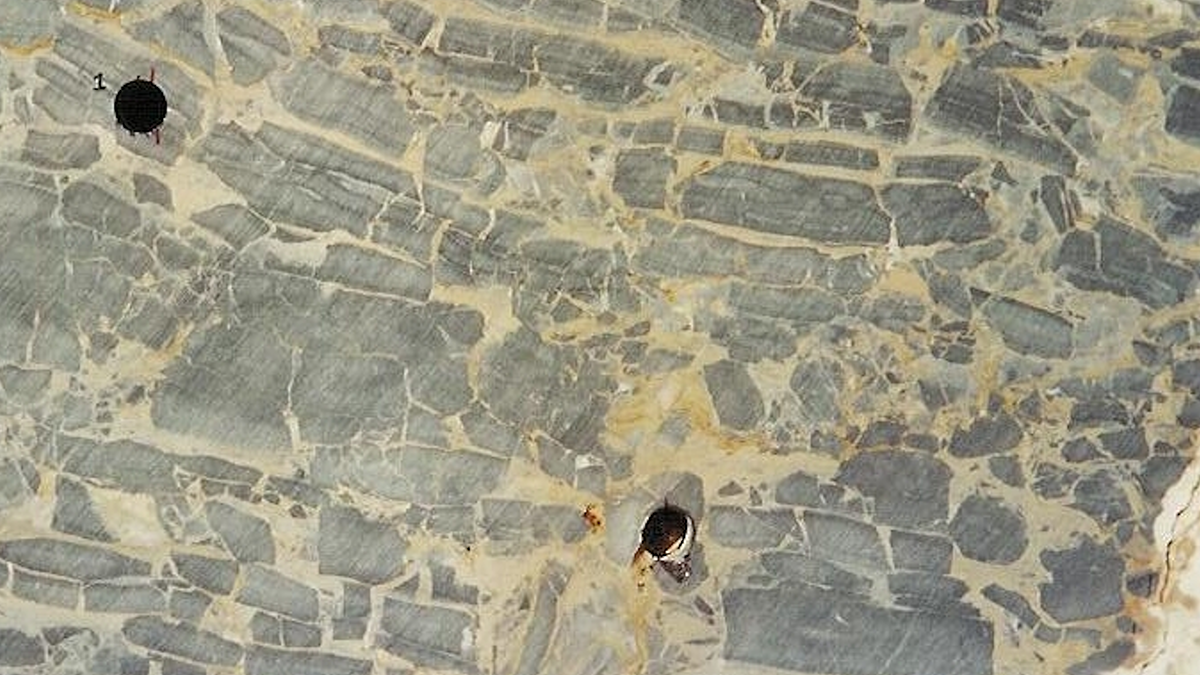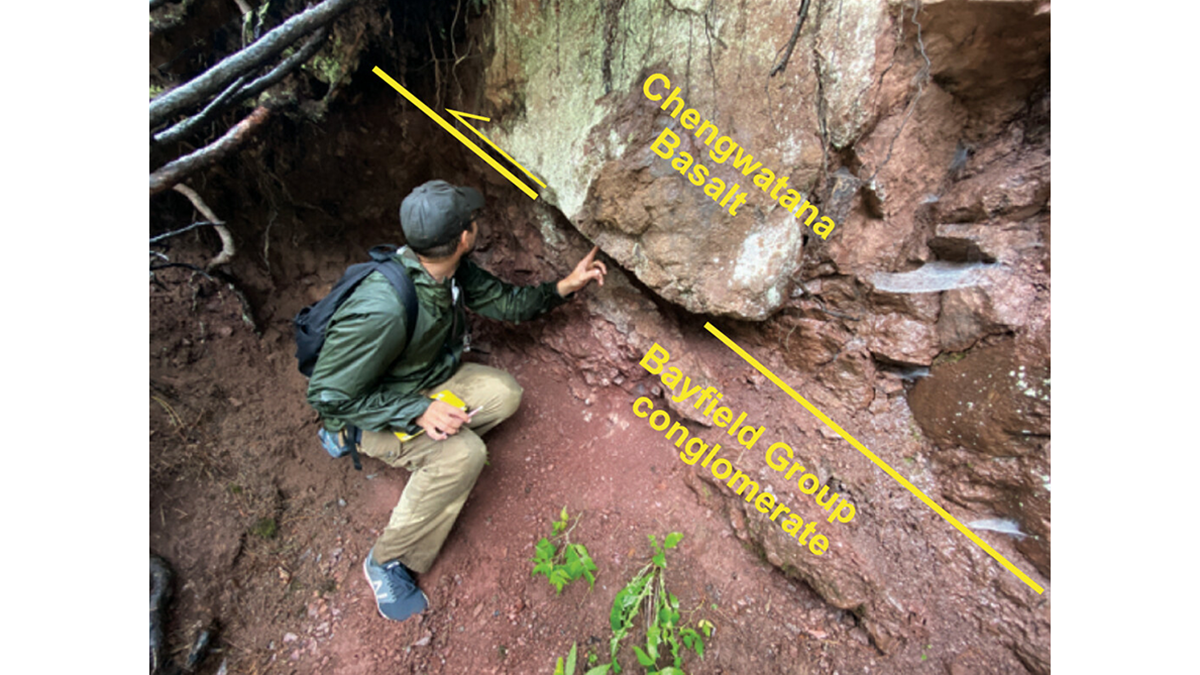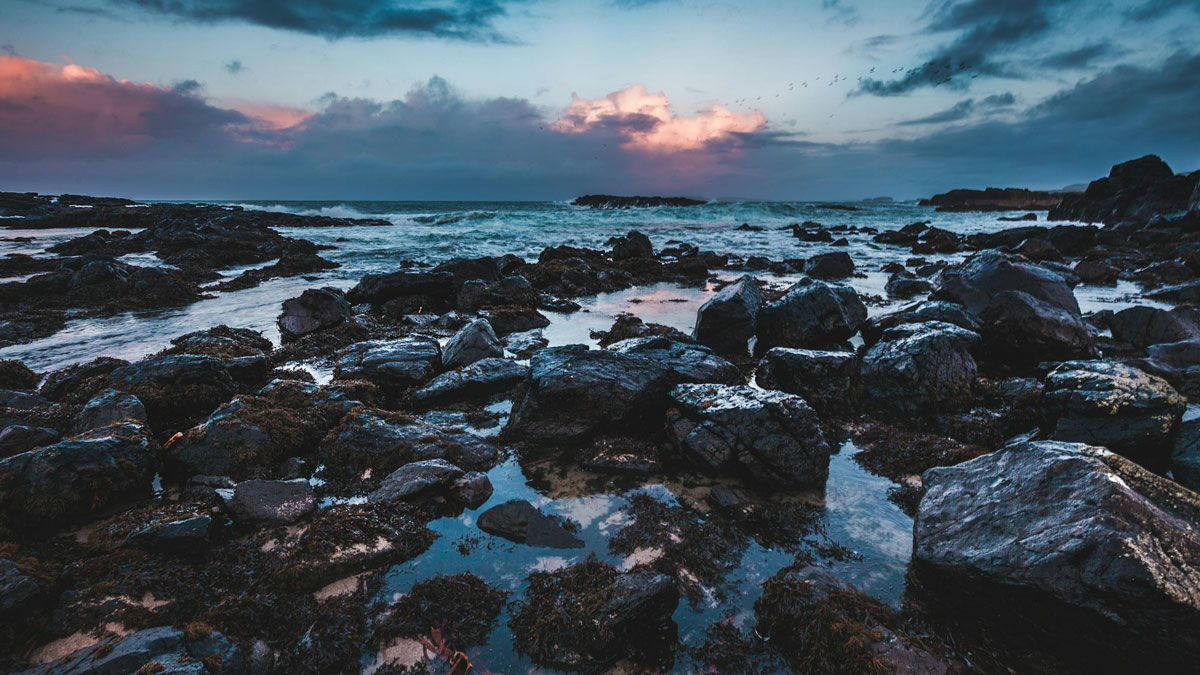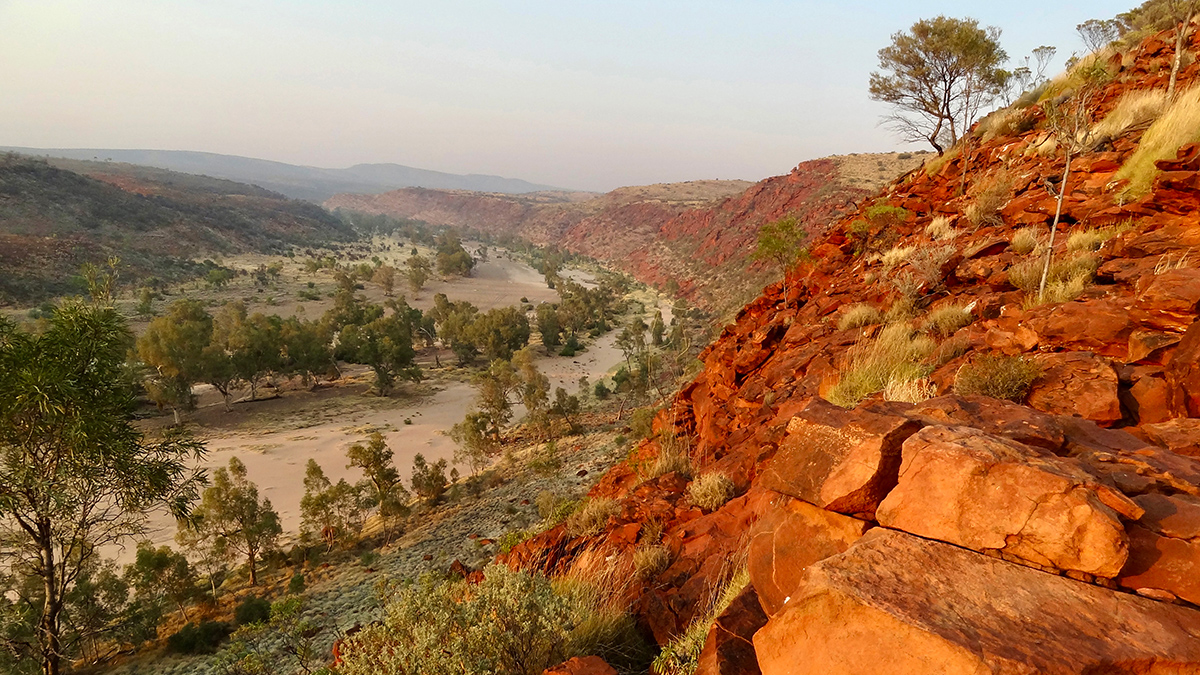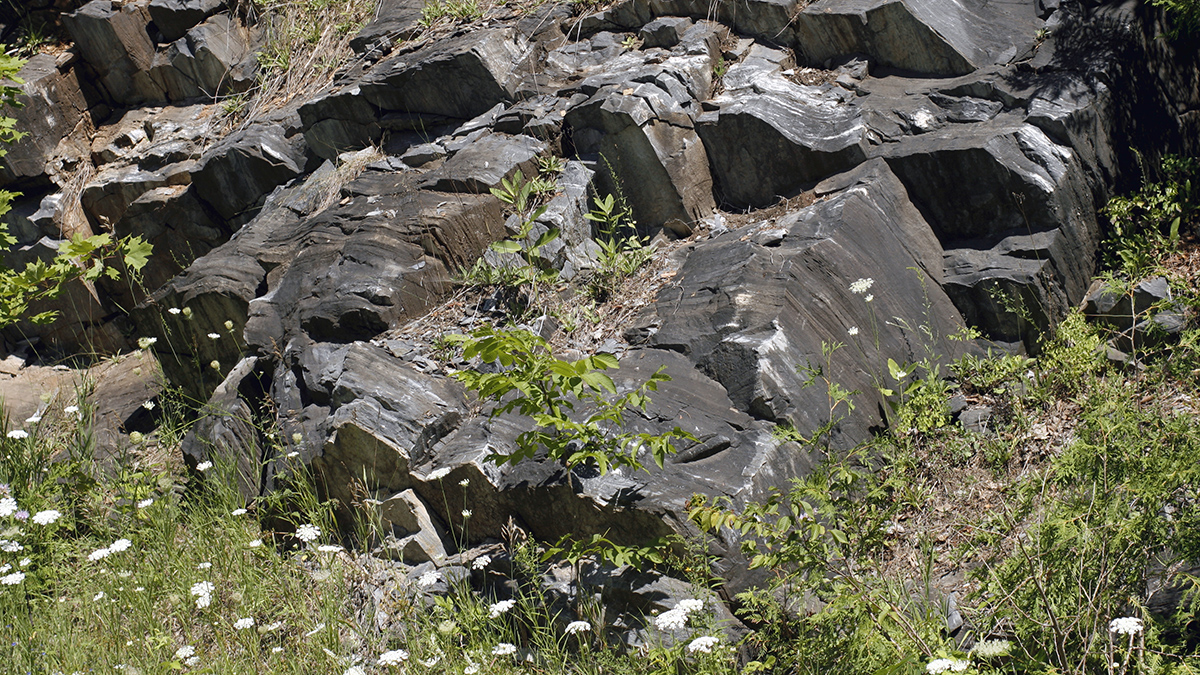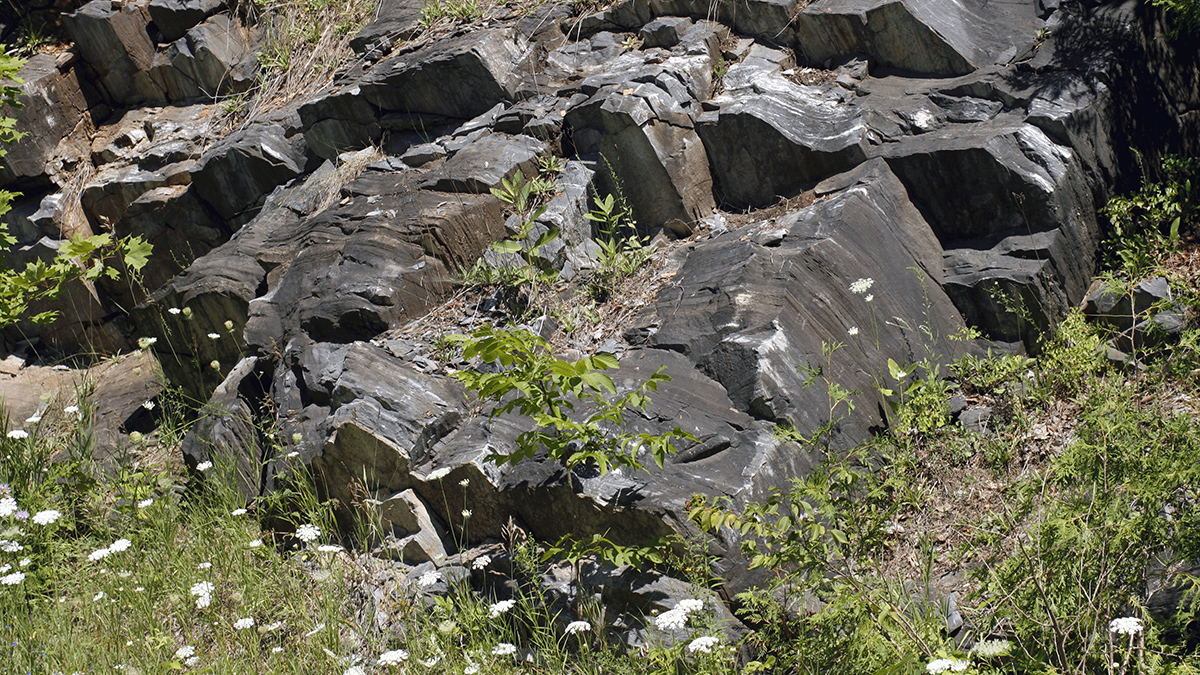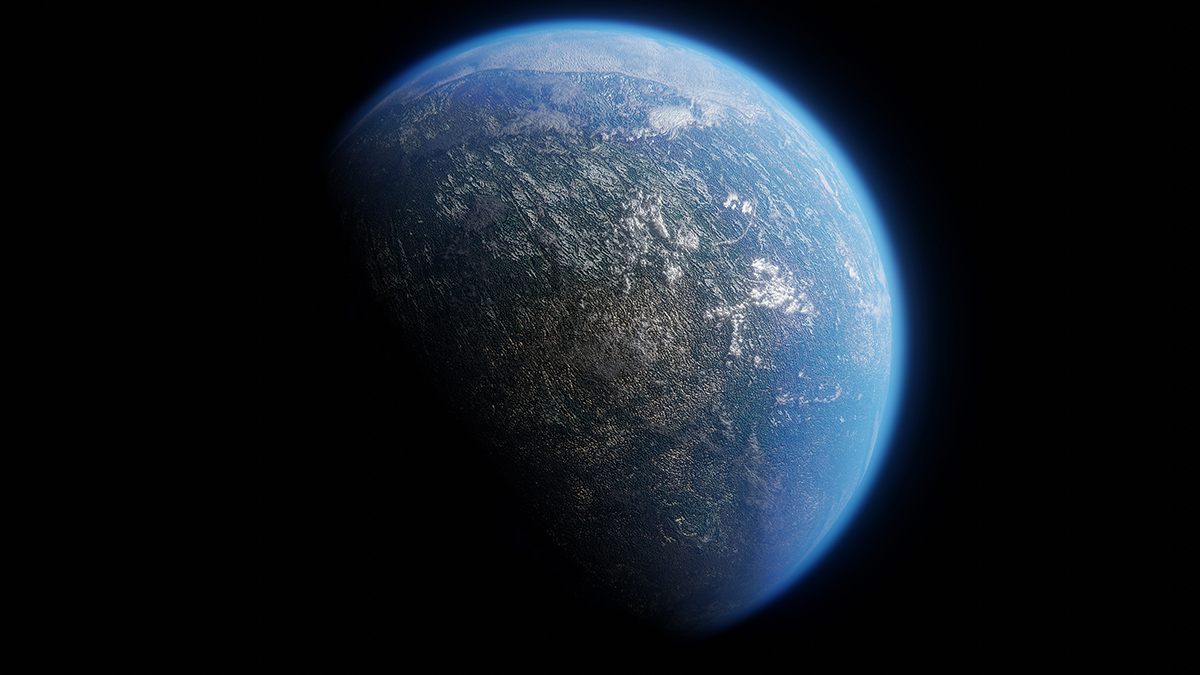A new method integrates Interferometric Synthetic Aperture Radar (InSAR) with conventional ground geodetic networks, taking us closer to high-resolution mapping of plate motions.
continents
Remagnetization Illuminates Tectonic Consolidation of Megacontinents
New rock and paleomagnetic research give evidence for prolonged heating during the Cambrian-Ordovician tectonic consolidation of West Gondwanaland.
Structural Inversion of an Intracratonic Rift System in Deep Time
A new study reconstructs how an ancient North American rift system was uplifted in space and time due to subsequent continent-continent collision.
Circones de 4,000 millones de años podrían contener nuestras evidencias más antiguas de la existencia de agua dulce
Cristales australianos apuntan a la existencia de agua dulce, así como de continentes que se elevaban sobre el océano Hadeano de la Tierra.
Lithospheric Oddities May Be Sculpting Continental Interiors
Researchers propose a novel explanation for vertical motions of Earth’s surface far from active tectonic plate boundaries.
Sedimentos radiactivos podrían haber construido los cratones de la Tierra
La meteorización de los primeros continentes podría haber puesto en marcha la formación de cratones, las raíces inmutables de los continentes.
Four-Billion-Year-Old Zircons May Contain Our Earliest Evidence of Fresh Water
Australian crystals hint at fresh water, as well as land rising above Earth’s Hadean ocean.
Sedimentary Basins Tell Zealandia’s Ancient Story
New interpretations and mapping of all New Zealand’s offshore sedimentary basins offer clues about the evolution of Earth’s eighth continent.
Radioactive Sediments May Have Built Earth’s Cratons
Weathering of the earliest continents could have set in motion the formation of cratons, the immutable roots of continents.
A Step Closer to Solving the Fermi Paradox
Finding evidence of complex life elsewhere in the Milky Way galaxy hinges on locating rocky planets with plate tectonics and a mixture of landmasses and oceans, new research suggests.

